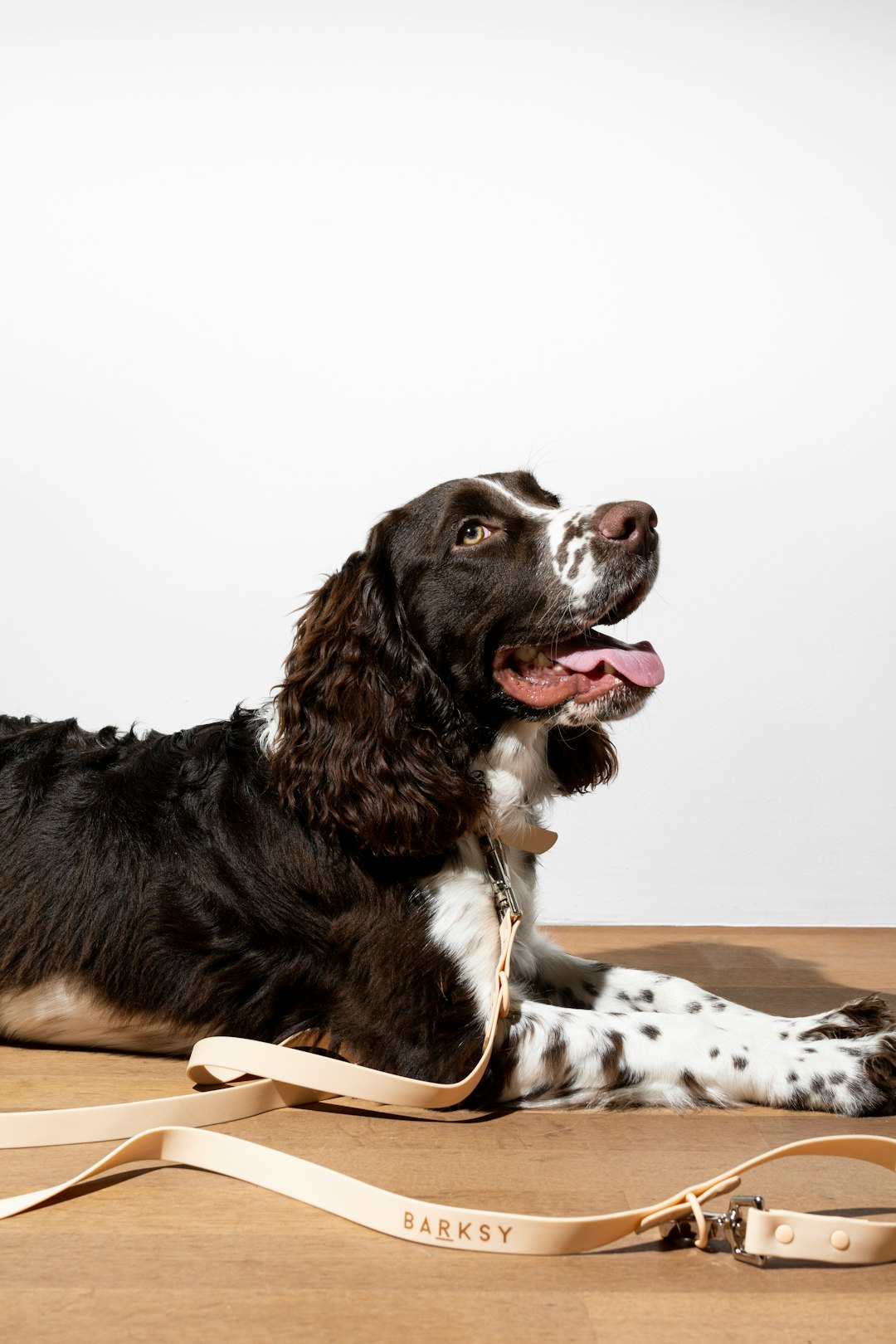Many dog owners love to treat their furry friends to delicious snacks, but not all treats are created equal. If you’re looking for a safe and tasty option, skinless hot dogs might just be the perfect solution for your pup. These delectable bites not only offer a host of health benefits when compared to traditional hot dogs, but they also cater to dogs with specific dietary needs. In this post, we’ll explore what skinless hot dogs are, their advantages, and how you can easily incorporate them into your dog’s diet. Plus, we’ll provide homemade recipes and alternative treat options to ensure your pet enjoys mealtime safely and deliciously. Let’s dive into the world of skinless hot dogs and discover why they could be the ideal treat for your beloved canine companion.
What Are Skinless Hot Dogs?
Definition and Ingredients
Skinless hot dogs are a specialized type of sausage designed specifically for dogs. Unlike conventional hot dogs, which contain a casing, these treats are free from skins and made with dog-friendly ingredients. Typically, they consist of high-quality meats, including chicken, beef, or turkey, ensuring that our furry friends can enjoy them without the added concerns of artificial additives or preservatives. Moreover, these options often include less fat and lower sodium levels compared to their traditional counterparts, making them a healthier alternative.
Types of Skinless Hot Dogs
There are several variations of skinless hot dogs available in the market. Some brands offer turkey-based options, which are particularly appealing for pups with sensitivities to beef. Others may feature organic ingredients, ensuring that they are free from harmful chemicals. Additionally, many options are designed with specific breeds in mind, tailoring the size and texture to suit various canine preferences.
Comparison with Traditional Hot Dogs
When comparing skinless hot dogs to traditional varieties, it becomes evident why many pet owners choose the former. Conventional hot dogs are often processed with fillers and preservatives that may not sit well with a dog’s digestive system. In contrast, the lack of casing in skinless versions enhances palatability and digestibility, offering a safer treat option that your pet will be more likely to enjoy. Furthermore, with the growing awareness of canine health, many dog owners are opting for these healthier alternatives to ensure their furry companions thrive.
Health Benefits of Skinless Hot Dogs for Dogs
Lower Fat Content
One of the primary advantages of opting for these types of treats is their lower fat content. Many standard hot dogs are packed with fats that can contribute to weight gain and obesity in pets. By choosing options with less fat, you’re helping to maintain your dog’s healthy weight, supporting their overall health and longevity.
Fewer Preservatives
Furthermore, these treats typically contain fewer preservatives compared to their skin-on counterparts. Many commercial hot dogs include artificial additives that can potentially upset your dog’s stomach or lead to long-term health issues. By selecting a product made without excess preservatives, you’re prioritizing your dog’s wellbeing and reducing the risk of food-related sensitivities.
Easier to Digest
Lastly, another significant benefit is that these treats are generally easier to digest. Dogs often experience gastrointestinal discomfort from products that include tough skin, which can make digestion challenging. When the skin is removed, your furry friend can enjoy their treat without the worry of an upset stomach or other digestive problems, ensuring a more enjoyable snack time experience.
Why Choose Skinless Hot Dogs Over Regular Hot Dogs?
Potential Risks of Regular Hot Dogs
When it comes to feeding our dogs, safety should always be a priority. Regular hot dogs often contain various additives, preservatives, and fillers that may not be suitable for canine consumption. Many brands include sodium, sugars, and unhealthy fats that can contribute to obesity or gastrointestinal issues in pets. Additionally, the casing found in traditional hot dogs can pose a choking hazard, especially for smaller dogs or those who tend to gulp their food.
Skinless Alternatives for Safety
By opting for skinless varieties, you significantly reduce these risks. Skinless hot dogs typically contain fewer harmful preservatives and no choking hazards due to their absence of casing. This makes them a much safer choice, providing your dog with a tasty treat without the worry of potential health complications. Choosing a reputable brand that focuses on quality ingredients can further enhance the nutritional value, giving your furry friend a delicious option that won’t compromise their well-being.
Taste Preferences for Dogs
Moreover, many dogs are particular about their food’s flavor and texture. Skinless options can be softer and easier for dogs to chew, making them more appealing to picky eaters. The absence of tough skins often allows for a more savory taste experience, ensuring that your dog enjoys their treat. Importantly, skinless versions can be seasoned with natural flavors, eliminating the need for artificial additives while still providing a delightful experience.
How to Serve Skinless Hot Dogs to Your Dog
Preparation Tips
When preparing skinless hot dogs for your furry friend, it’s essential to approach it with care. Start by slicing them into small, bite-sized pieces. This not only makes it easier for your dog to chew but also helps prevent choking hazards. Additionally, consider lightly steaming or microwaving the pieces to enhance their aroma and make them more palatable. Always be aware of any added seasoning as it can be harmful to pets. Therefore, opting for plain, unseasoned varieties is the best choice.
Serving Sizes and Frequency
Understanding how much to serve your dog is crucial for maintaining a healthy diet. Generally, treats should not make up more than 10% of your dog’s daily caloric intake. For small breeds, a few pieces may suffice, while larger breeds could enjoy a handful. Monitor your dog’s response and adjust serving sizes accordingly. Remember that moderation is key; avoid serving these treats too frequently to ensure your dog doesn’t gain unnecessary weight.
Creative Serving Ideas
Elevate your dog’s treat time with some fun serving ideas! Try mixing the chopped pieces into your dog’s regular kibble for an extra flavor burst. Alternatively, create a homemade canine-friendly hot dog puzzle by hiding the pieces in a treat-dispensing toy, stimulating mental engagement. You can also make it a playful experience by incorporating them into training sessions as rewards, reinforcing good behavior while keeping your furry companion excited about the treats. With a bit of creativity, mealtime can become an enjoyable event for both you and your pet.
Understanding Dog Food Allergies and Sensitivities
Common Allergens in Dog Food
When it comes to canine nutrition, awareness of food allergies is crucial. Many dogs exhibit sensitivities to common ingredients such as beef, chicken, dairy, wheat, and soy. These allergens can cause various reactions, from mild stomach upset to severe conditions like skin rashes and chronic itching. Pet owners must read ingredient labels carefully and consider their dog’s unique dietary needs to avoid these potential allergens.
Identifying Allergies in Dogs
Recognizing the signs of allergies in your dog can sometimes be tricky. Symptoms may include gastrointestinal issues, such as vomiting or diarrhea, as well as non-digestive manifestations like excessive scratching, licking, or ear infections. Observing your dog’s behavior and health closely after introducing new treats or diet changes can provide insights into possible allergies. Keeping a food diary may also help track and identify potential triggers.
Skinless Hot Dogs as a Solution
For pet owners looking for an alternative, skinless hot dogs may offer a safer treat option. They are typically made with fewer ingredients and lack the common allergens found in traditional hot dogs. By opting for skinless hot dogs, you can provide your furry friend with a simple snack that prioritizes their health while minimizing the risk of adverse reactions. Always consult with your veterinarian before introducing new treats, ensuring they are appropriate for your dog’s specific dietary needs.
Homemade Skinless Hot Dog Recipes
Creating your own skinless hot dogs at home is a rewarding experience that allows you to control the ingredients, ensuring your pooch enjoys a delicious and healthy treat.
Ingredients for Homemade Recipes
To begin, gather the following simple ingredients:
- Lean ground meat (such as chicken, turkey, or beef)
- Oats or brown rice flour for binding
- A pinch of salt and optional spices for flavor (remember to avoid any onions or garlic)
- Broth (preferably low-sodium and dog-friendly) to keep the mixture moist
These ingredients not only promote better digestion but also cater to your dog’s nutritional needs.
Steps to Make Skinless Hot Dogs
- In a mixing bowl, combine the ground meat, oats or flour, and a small amount of broth. Mix until well-blended.
- Form the mixture into hot dog shapes, ensuring they are uniform.
- Preheat your oven to 350°F (175°C).
- Place the shaped hot dogs on a baking sheet lined with parchment paper and bake for about 25-30 minutes or until fully cooked.
- Allow them to cool down completely before serving.
Storage and Serving Suggestions
Once your homemade skinless hot dogs are ready, consider storing any leftovers in an airtight container in the refrigerator for up to one week. You can also freeze them for longer storage, just remember to defrost them before serving. For a delightful serving suggestion, slice the skinless hot dogs into bite-sized pieces or mix them into your dog’s dry kibble to enhance their meal! This way, you’re not only providing a treat but also improving their overall dining experience.
Alternative Treat Options for Dogs
When it comes to keeping our furry friends happy and healthy, exploring alternative treat options is essential. Here are some fantastic choices that can complement or substitute skinless hot dogs in your dog’s diet.
Other Safe Meats
Beyond skinless hot dogs, owners can consider various safe meats such as chicken, turkey, and lean beef. These options provide high protein and are often more natural for dogs. Cook these meats thoroughly, without any seasoning, to avoid harmful additives. Treats such as dehydrated chicken strips or cooked turkey slices can be not just tasty but also nutritious.
Fruits and Vegetables
Incorporating fruits and vegetables into your dog’s diet is a great way to provide essential vitamins while keeping treats low-calorie. Carrots, sweet potatoes, and green beans are excellent crunchy snacks that most dogs enjoy. Additionally, apples (without seeds) and blueberries can satisfy your dog’s sweet tooth. Always introduce new options gradually to monitor any potential sensitivities or allergic reactions.
Commercial Treats to Consider
If homemade options aren’t feasible, there are numerous commercial dog treats formulated specifically for health-conscious owners. Look for treats made from high-quality ingredients, with no artificial preservatives or fillers. Brands offering grain-free or meat-based treats can provide variety while maintaining a healthy diet. Always read labels carefully to ensure they align with your dog’s dietary needs.
By exploring a variety of alternative treats, you can ensure your dog enjoys a balanced diet filled with exciting flavors while keeping their health at the forefront.
Expert Opinions on Skinless Hot Dogs
Veterinarian Insights
Veterinarians often highlight the importance of choosing safe and nutritious treats for dogs. Many experts recommend opting for skinless hot dogs due to their lower fat content and easier digestibility compared to traditional hot dogs. According to Dr. Emily Hartman, a veterinarian with over ten years of experience, these types of treats can be a healthier choice for pet owners looking to reward their furry companions. She emphasizes the need to monitor portion sizes to avoid overweight issues and suggests incorporating a variety of healthy treats within a dog’s diet.
Nutritionist Recommendations
Canine nutritionists frequently advocate for treating pets with ingredients that promote overall health. They emphasize that skinless options can be a practical substitute for treats that might contain artificial preservatives or harmful additives. Nutrition expert Sarah Langdon suggests including skinless hot dogs as a training aid due to their palatability and convenience. However, she insists that owners should always read labels carefully and choose brands that prioritize high-quality ingredients, ensuring their pets benefit from wholesome nutrition.
Real Owner Experiences
Many dog owners who have switched to skinless hot dogs report positive changes in their pets’ health and behavior. Owners commonly note that their dogs are more enthused during training sessions when rewarded with these treats, leading to better-desired responses. Anna, a dog mom from California, shared her experience: “My dog loves them! I feel good knowing they are a healthier option.” Testimonials like Anna’s highlight how this treat can strengthen the bond between pets and their owners while supporting canine health.
Frequently Asked Questions
What are skinless hot dogs made of?
Skinless hot dogs are typically made from a combination of high-quality meat, such as beef, chicken, turkey, or pork, along with seasoning and preservatives. The absence of the casing makes these hot dogs easier for dogs to chew and digest, while still providing them with a tasty treat. The ingredients are chosen to ensure that they are safe for dog consumption, often being free from harmful additives and fillers.
Are skinless hot dogs safe for dogs to eat?
Yes, skinless hot dogs can be a safe treat option for dogs when given in moderation. They are designed to be easy to chew and digest, making them a fun and enjoyable snack for your furry friend. However, it’s important to choose skinless hot dogs that are made specifically for dogs, as some human versions may contain ingredients that are harmful to pets, such as onions or garlic. Always check the label!
How should I serve skinless hot dogs to my dog?
When serving skinless hot dogs to your dog, it’s best to cut them into small, manageable pieces to avoid choking. You can offer them as an occasional treat, mix them into your dog’s food as a flavor enhancer, or use them as training rewards. Be sure to watch your dog’s reaction and adjust the portions accordingly to maintain a balanced diet. Always supervise your dog while enjoying treats.
Can skinless hot dogs be part of a dog’s regular diet?
While skinless hot dogs can be a delicious treat for dogs, they should not be a regular part of their diet. These hot dogs are generally high in sodium and fat, which can lead to health issues if fed in excess. Treats should generally make up no more than 10% of your dog’s daily caloric intake. It’s crucial to balance treats with nutritious dog food to ensure your pet gets a well-rounded diet.
What are the benefits of choosing skinless hot dogs for my dog over regular hot dogs?
Choosing skinless hot dogs over regular ones offers several benefits for your pet. The absence of casings can reduce the risk of choking and aid in easier digestion. Skinless hot dogs tend to have lower levels of harmful additives and preservatives, making them a safer option. Additionally, many skinless hot dogs are formulated with flavors and nutrients that cater specifically to a dog’s dietary needs, providing a more health-conscious treat.



